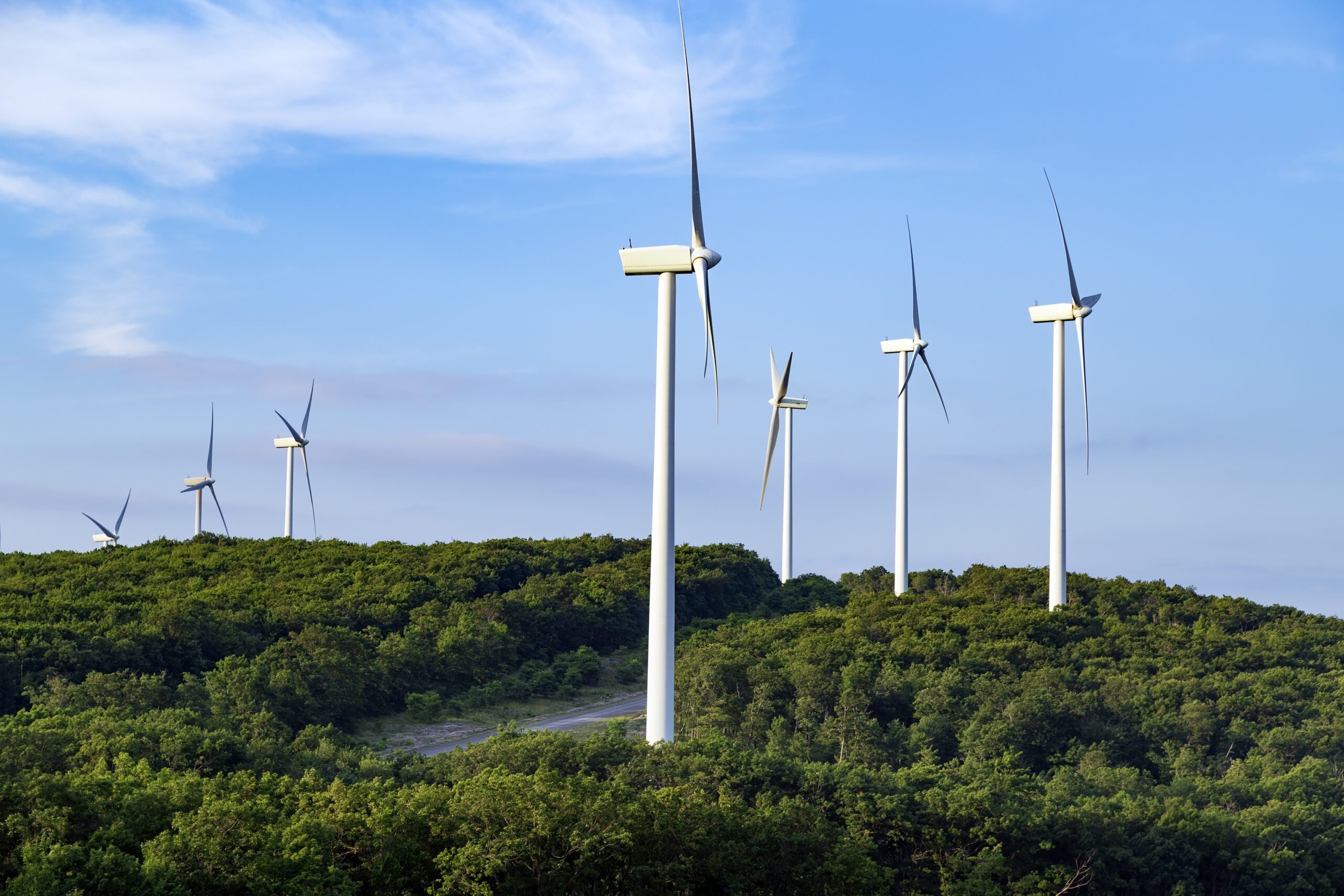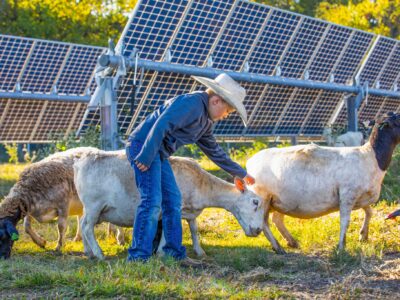Coal has been king in West Virginia for generations, but with the promise of new jobs in clean energy, solar and wind power are strengthening their small market share in the Mountaineer State.
Concerns about the environment have caused many states to jump-start renewable energy plans and between tax incentives and new tech, the costs of wind and solar energy have dropped significantly. At the same time, coal jobs have been in steady decline, down 88 percent since 1950, with only 14,000 workers left in the mines.
An emphasis on automation, efficiency, and safety has led to the decline over time, but more recently competition from other energy sources like natural gas is behind record coal plant closures. And while that may seem dire to some West Virginians, the opportunity for a soaring market in wind energy and a bright future in solar has never been better.
Former coal miner Eric Ritchie spent nine years working underground, but now his daily commute takes him 300 feet up a wind turbine owned by Invenergy LLC, a Chicago-based energy company. From the top, he has a 360-degree view of those same hills he used to mine. “I think I made a pretty good trade.” When Ritchie, whose father, brothers and uncles have all worked in coal, saw that the mine’s days were numbered, he decided to harness the wind. “I had the opportunity to make a change, and I took the gamble,” he said. “And I think it turned out pretty well.” While most of his friends were skeptical at first, they began calling him asking for jobs. “I’ve got no interest competing with the coal mine,” Ritchie said. “You know, I’ve got an opportunity right here that I can earn a living for my family and produce some energy, so that’s my main concern.”
Over in French Creek, West Virginia, Doyle Tenney, owner of DT Solar, would say the same. “Frankly, I’m in the solar industry because I wanted to own my own business in a field that’s growing in West Virginia. I doubt there are many other industries growing as fast as the solar industry. It’s a great place to be, where my biggest concern is hiring and training enough workers to fulfill my contracts.”
The demand is spiking as costs for solar panel hardware drop — they’ve fallen 60 percent since 2010 according to the U.S. Department of Energy. Tenney says the majority of his job is educating consumers. The solar panels he installs help hundreds of West Virginians cut their electric bills in half, or sometimes eliminate them entirely. He’s even seen excess energy generated.
Fellow West Virginian Timothy Reese is a believer. His granddad was a mining engineer and his mom grew up in a coal camp, but when Reese learned about the West Virginia Residential Solar Energy tax credit, which ended in 2013, and the federal solar investment tax credit, he got to work building his own small-town solar empire in Capon Bridge. He enrolled to create green energy credits using SRECs and his solar system paid for itself within six years through tax credits, SRECs and money saved on electric bills. “Now I’m looking at 15 to 20 years of free energy,” says Reese. “Kilowatt-hours don’t care what partisan side you’re on. You plug it in, you use it, you save money.”
While many states have pledged to transition to renewable energy within decades, West Virginia has yet to make any promises. Currently there are 340 solar jobs in the state, owned by 17 solar companies including four manufacturers and ten installers/developers. The total statewide investment in solar is $31.69 million. As Reese and Tenney have shown, the playing field is wide open. But with 91 percent of West Virginia’s energy derived from fossil fuels, the state remains tethered to coal, followed by natural gas claiming 3 percent of the electric grid and wind not far behind it at 2.72 percent.
If Texas, a state known for its strong oil and gas industries, can be the leading state in wind energy production, West Virginia just might have a shot at its own sustainable future. From his birds-eye view on the wind farm, Ritchie surveys the landscape. “We have everything we need to be a competitor to some of the Midwest states — Texas and some of those states that are going largely renewable. West Virginia is just getting its foot in the door. We have a bright future in this state as long as we get the support.”





